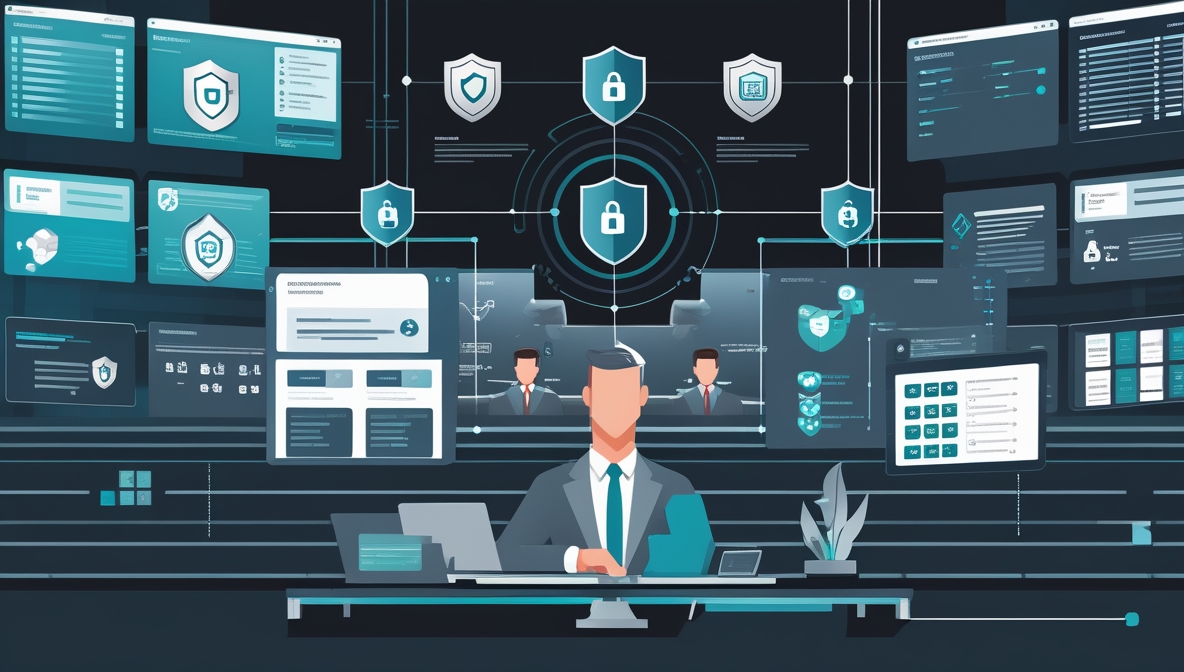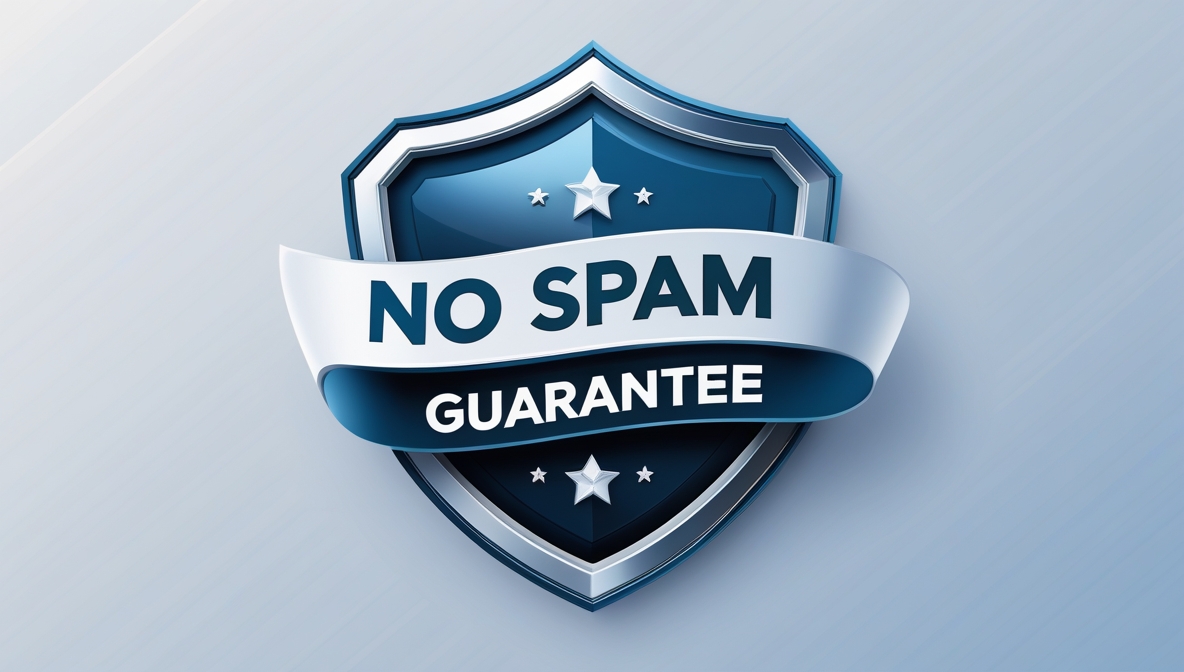This IT management manual delivers a practical, modular framework to guide CIOs and IT leaders in building accountable, secure, and high-performing IT organizations.
The complexities of managing enterprise IT have never been greater. With rising cybersecurity threats, fragmented systems, and growing regulatory pressure, CIOs and IT leaders are under constant scrutiny to deliver secure, compliant, and value-driven technology services. Amidst all this, the need for a cohesive, actionable framework that aligns IT operations with organizational goals has become non-negotiable. The document commonly referred to as an IT management manual addresses this need with depth, clarity, and practicality.
Across industries, IT leaders are expected to be both strategists and operators. They must manage risk, optimize costs, secure infrastructure, deliver user-centric services, and comply with evolving privacy laws—all without compromising performance. This manual lays the groundwork for achieving that balance, combining governance, cybersecurity, and service delivery into one integrated structure. With detailed sections on IT governance, project oversight, cybersecurity, data protection, and facilities management, it establishes a complete playbook for building disciplined and accountable IT organizations.
Yet, many enterprises still operate without a clear definition of responsibilities, accountability, or service standards. Decision-making is often siloed. Policies are inconsistently enforced. Compliance is reactive. And cybersecurity becomes a checkbox exercise rather than a proactive defense. These conditions not only expose organizations to avoidable risk but also undermine trust in IT’s ability to lead transformation.
Without a structured approach, CIOs spend their time firefighting instead of innovating. Teams duplicate efforts, projects go over budget, and audit findings pile up. Worst of all, leadership loses confidence in IT’s role as a strategic partner. The absence of a shared language, defined metrics, and actionable governance mechanisms keeps the organization trapped in cycles of inefficiency and risk.
This is where the IT management manual proves its value. Rather than prescribing generic theory, it delivers a modular, real-world framework built on clear policies, defined roles, and enforceable standards. It covers the full IT lifecycle—from governance to cybersecurity to service management—offering step-by-step guidance that organizations can adapt to their maturity level and regulatory environment. The manual distinguishes itself with precision in language (e.g., defined use of “shall,” “must,” “should”), regular versioning to track changes, and a focus on outcomes, not just activities. Whether standardizing change control, aligning projects to strategy, or managing third-party risks, this framework provides the tools to operationalize accountability.
For CIOs looking to scale their IT maturity or regain control over scattered processes, this manual is more than a reference—it’s a blueprint for transformation. It enables leaders to move from reactive to proactive, from fragmented to aligned, and from uncertain to trusted. Whether you're operating in education, healthcare, finance, or government, the principles embedded in this framework offer a path to resilient, high-performing IT.
Main Contents
- IT Governance and Accountability
Defines leadership roles, decision-making authority, and reporting structures to ensure clear responsibility across the IT organization. - Cybersecurity and Risk Management
Outlines mandatory security controls, risk assessment processes, and incident response protocols to protect systems and data. - Project and Service Management
Provides standards for planning, executing, and overseeing IT projects and services, with emphasis on alignment, transparency, and delivery quality. - Data Governance and Privacy
Establishes policies for data classification, ownership, access control, and compliance with privacy regulations. - Infrastructure, Facilities, and BYOD Oversight
Addresses physical and technical infrastructure requirements, including secure facilities, BYOD policies, and system lifecycle management.
Key Takeaways
- CIOs must lead with structure, not improvisation—this manual empowers leadership with a formalized governance model.
- Security is built-in, not bolted on—cyber risk is addressed proactively, across people, processes, and technology.
- Standardization drives efficiency—uniform policies reduce duplication, rework, and compliance failures.
- Clear roles reduce friction—defined accountability prevents finger-pointing and improves operational flow.
- Adaptable by design—the framework works across industries and can evolve with organizational maturity.
Today’s CIOs and IT leaders face increasing pressure to deliver secure, efficient, and strategically aligned technology services. The IT management manual serves as a powerful, real-world guide for navigating this complexity. Rather than offering abstract theory, it delivers clear, actionable practices that leaders can use to bring order, accountability, and performance into their IT environments.
- Establish governance clarity
Use the IT management manual to define leadership roles, decision rights, and reporting structures, reducing ambiguity and internal friction. - Standardize cybersecurity practices
Apply the manual’s security protocols and risk management policies to strengthen defenses, ensure compliance, and streamline incident response. - Streamline project and service delivery
Adopt its project and service management standards to improve visibility, control timelines, and align initiatives with strategic goals. - Enforce data governance and privacy
Leverage detailed data handling policies to assign ownership, protect sensitive information, and comply with regulations like GDPR or HIPAA. - Modernize IT operations infrastructure
Reference its guidance on system lifecycle management, facilities security, and BYOD governance to reduce operational risk and support hybrid work.
CIOs don’t need to reinvent the wheel. The IT management manual provides a tested framework for transforming chaotic or siloed IT practices into a cohesive, high-performing operation. By implementing its recommendations, IT leaders can move from reactive troubleshooting to proactive, strategic execution.

